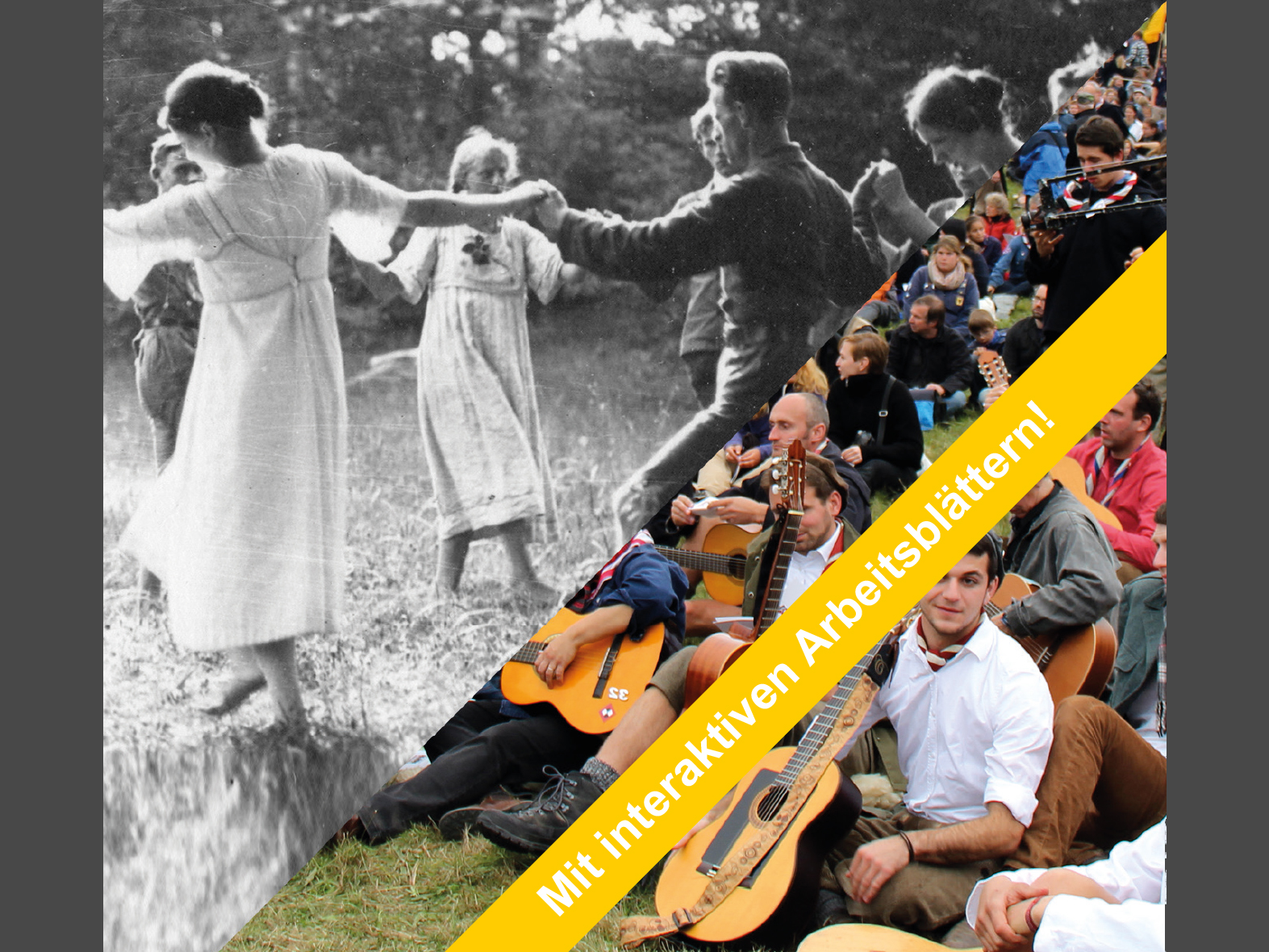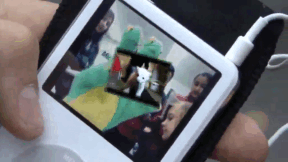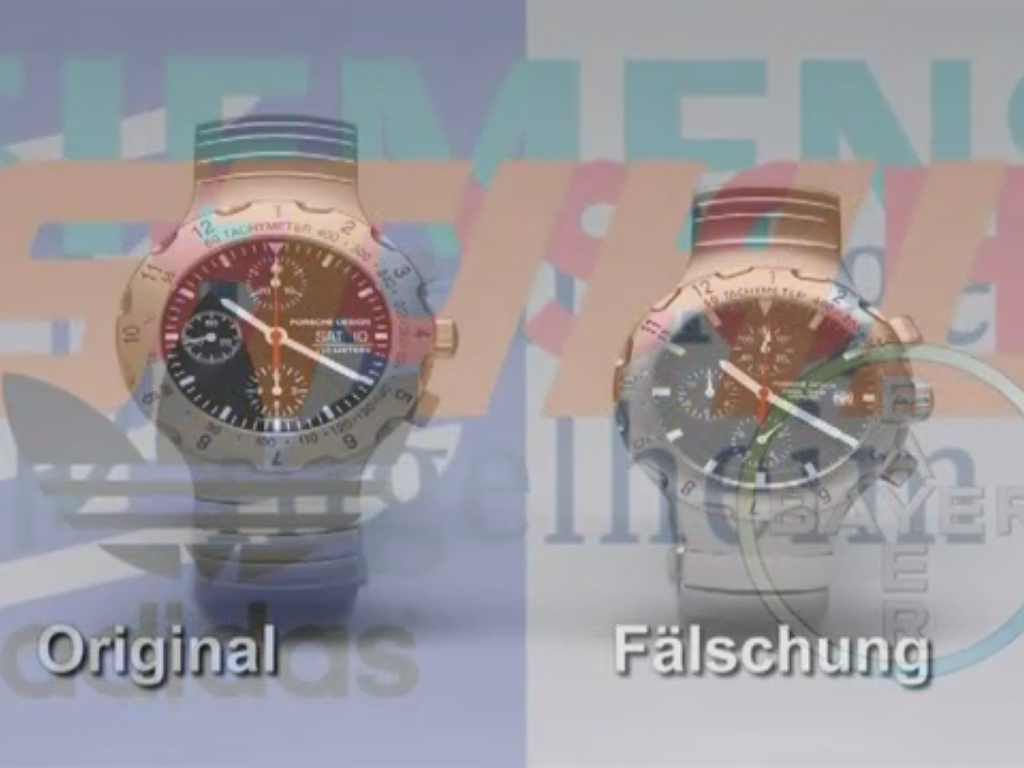 Primary School
Primary School
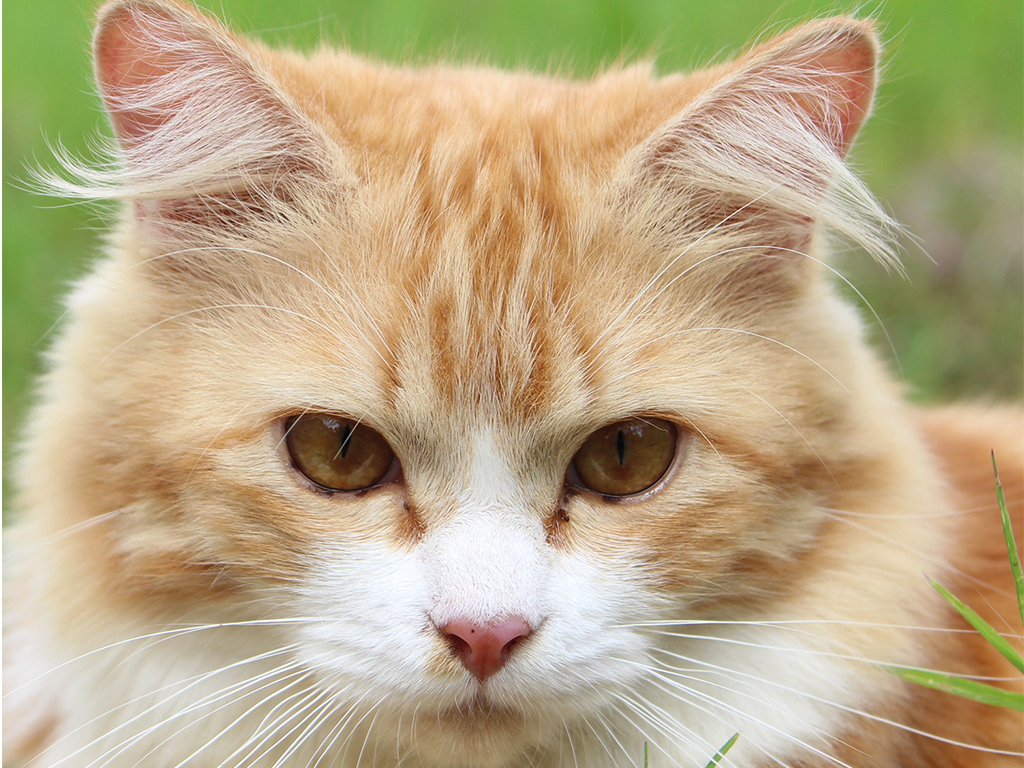

46500909 / 55500665
Domestic Cat
Breeds and Behaviour
Nobody has actually counted all of them but it is estimated that there are about 200 million domestic cats in the world. In Germany alone live abou 14 million. That makes it the most popular pet in this country. It is not easy to describe what makes the cat so appealing to humans. On the one hand, cats are playful, affectionate pets which seek the proximity of humans and love being petted, cuddled, fed and tended by them. On the other hand, they are of a wild independent character, which they have retained despite the long time they have spent with people as domesticated pets. Although they are called house cats, they are still predators deep inside that go hunting in nature. Due to this apparent contradiction and a certain inscrutability and inexplicability of their nature, they are often endowed with an air of mystery and magic. This also explains why in fairy tales and stories cats so often appear as magical creatures. The ancestors of today’s domestic cat originated from the Egyptian region. The Egyptians were also the first people to keep cats as pets about 3,000 years ago. Cats presumably sought the vicinity of human settlements because there it was easy to get at their prey, such as mice or rats. And people were grateful to the cats because they hunted mice and rats. The veneration of the Egyptians went so far as to worship a cat goddess, who represented gaiety and warmth.
Play trailer
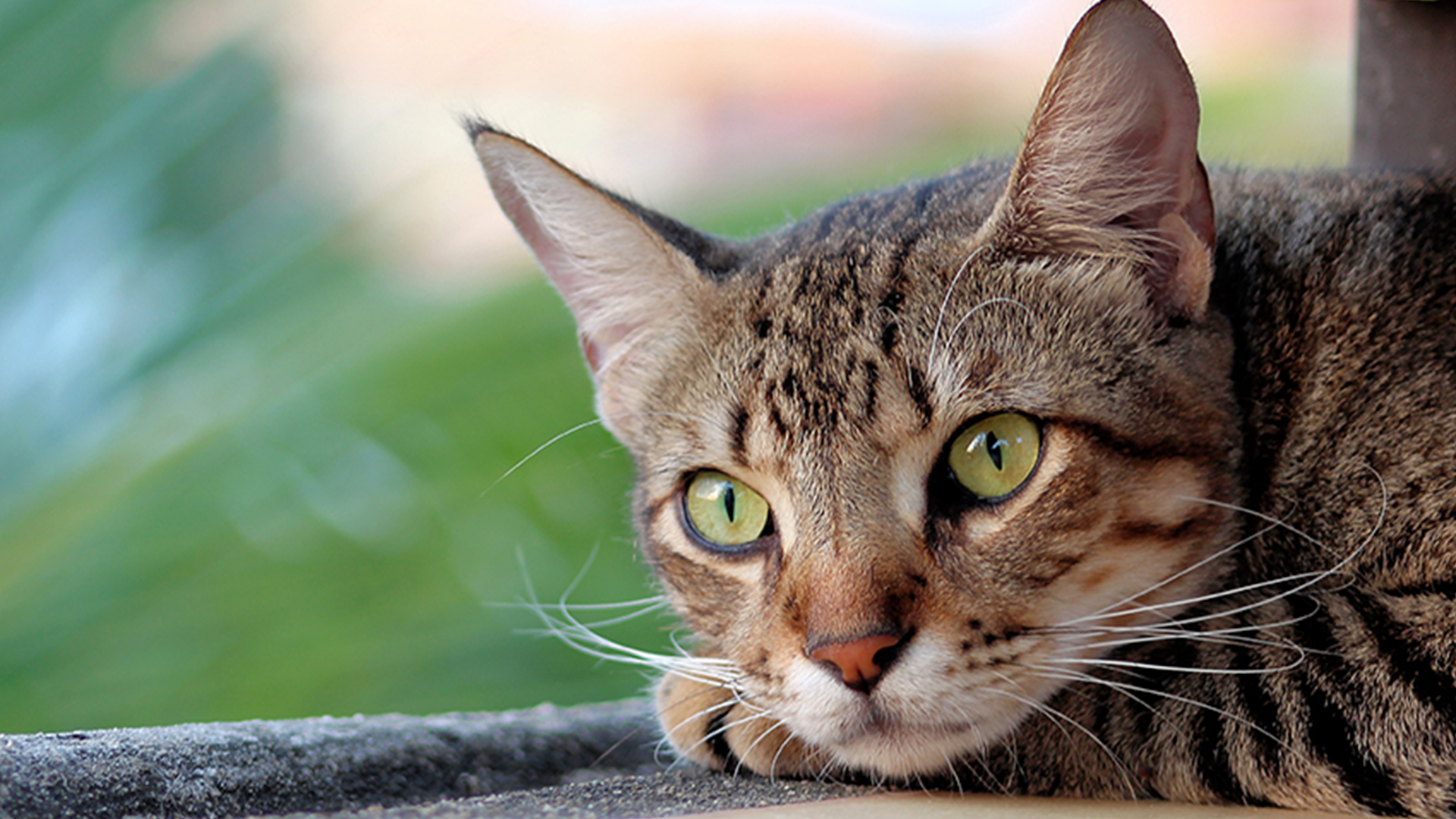
Curriculum-centred and oriented towards educational standards
Matching
Youth Movement
Dancing until your feet hurt: Here, at the meeting on the Hoher Meissner near Kassel, 3,500 participants from Boy Scout associations, youth and Wandervogel groups from all over the German-speaking region have gathered. They want to celebrate, simply get to know each other and commemorate a historic anniversary.
Podcasting
Today, the use of new media has become a matter of course not only in everyday life – schools and teaching, too, benefit from the new technologies and methods, which support active and independent learning. Especially in computer science, ethics and language courses but also in all other subjects, modern media are a valuable pedagogic and didactic asset. This DVD uses the example of podcasts to demonstrate how the possibilities opened up by new media can be applied in the classroom and how the pupils can be taught to handle them in a competent and target-oriented manner. The film is aimed at supporting the use of podcasts at school and encourages making them. This also requires the ability to find information on the Internet and assess it. The film informs on the functionality of podcasts and technical background as well as on the teaching and learning possibilities offered by podcasts – ranging from specific contents to superordinate learning targets such as the advancement of creativity and team spirit. The DVD is a useful support for teachers applying new media and wishing to show their pupils how to handle Running Time: 20:29 ms them in a sensible way.
Product Piracy
Counterfeiting takes place in almost all economic sectors – textiles, watches, car parts, machine parts, tools, accessories, software and medicines. Some counterfeits are easy to recognise, others are so well-executed that even experts have difficulty distinguishing between original and imitation. This DVD covers the development of a product from idea to manufacture. Once a product has become a trademark, product pirates appear on the scene.




